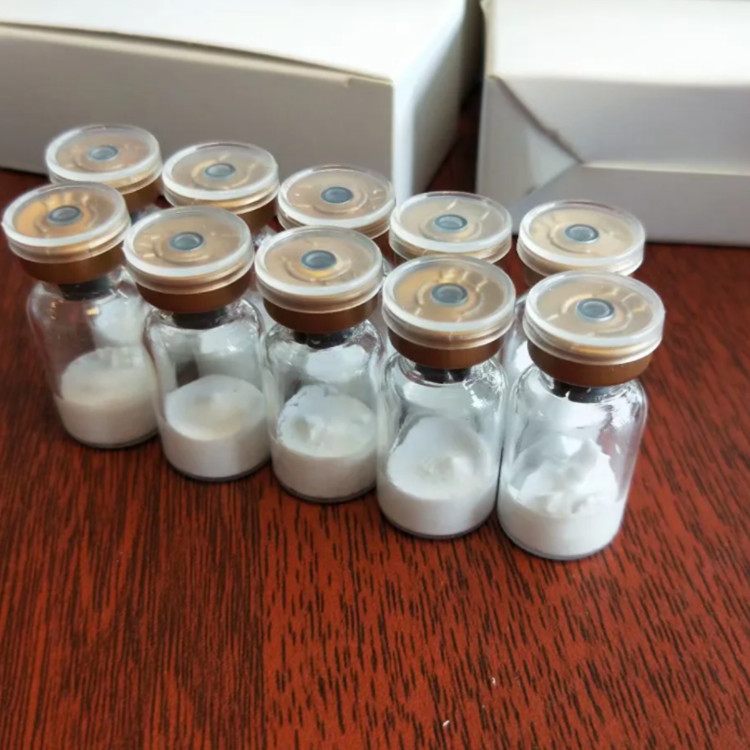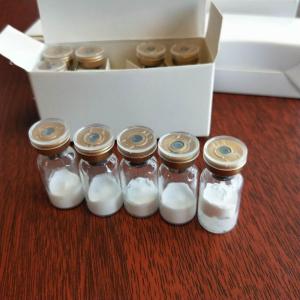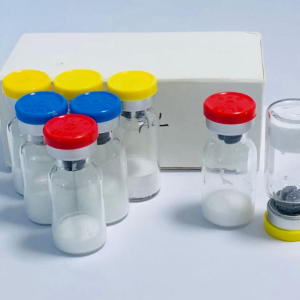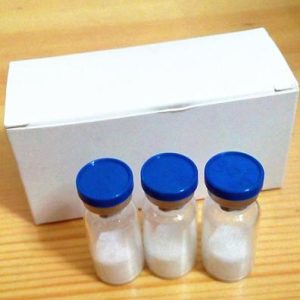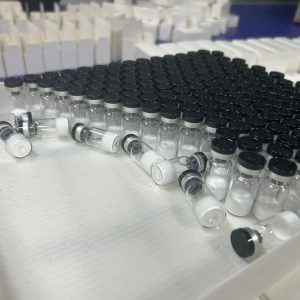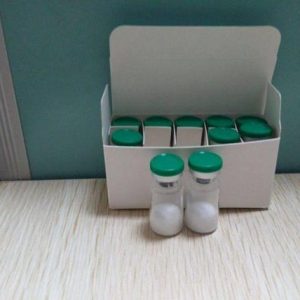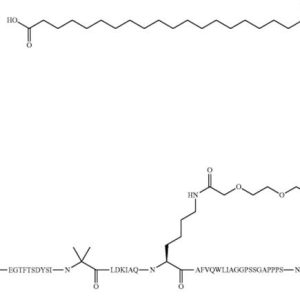The full name is: Mechano Growth Factor, generally referred to as peptide MGF. It is a splice variant of insulin-like growth factor-1 (IGF-1). MGF is a growth factor/repair factor derived from exercise or damaged muscle tissue. , because using the name IGF-IEa is a bit confusing and makes it more difficult to identify other IGF variants.
What makes MGF special is its unique role in muscle growth. MGF has the unique ability to cause wasted tissue growth and improvement by activating muscle stem cells and increasing the upregulation of protein synthesis, a unique ability that rapidly improves recovery and accelerates muscle growth. In addition to the IGF-1 receptor domain,
Specific functions
MGF can also initiate muscle satellite (stem cell) cell activation, thereby increasing protein synthesis turnover; therefore, if used properly, it can be a great improvement in muscle mass.
IGF-1 is a hormone composed of 70 amino acids. Its structure is similar to insulin. It is secreted by the liver. The secretion of IGF-1 is affected by the secretion and release of growth hormone (GH) in the body. IGF-1 affects nearly every cell in the body, primarily because of its involvement in cell repair. When muscle tissue is damaged, this creates a reaction in the body
that causes IGF-1 to be spliced into two variants, IGF-1Ec and IGF-1Ea, the former being MGF.
variants
There are 2 MGF splice variants of IGF produced by the liver:
the first is IGF-1Ec: this is the first stage of release of the igf splice variant, which stimulates
satellite cell activation; the second is hepatic IGF-IEa: this is from The second release of igf from the liver, and its anabolic benefit is much smaller than the first.
Mechano Growth Factor peptide differs from the second variant IGF-IEa in that it has a different peptide sequence, which is responsible for replenishing satellite cells in skeletal muscle; in other words, it is more anabolic than the systemic release of the second MGF hepatic variant Effective and longer acting.
So you just think of MGF as a highly enhanced variant of igf in terms of anabolic benefits. After training, IGF-I gene splicing MGF then causes hypertrophy and repair of local muscle damage by activating muscle stem cells as well as other important anabolic processes (including protein synthesis mentioned above) and increasing intramuscular nitrogen retention.
In experiments on mice, some studies have shown that a single injection of MGF increased muscle mass by 25%, but I think many of these studies are inaccurate, but the potential of MGF is undeniable.
The splicing of MGF activates satellite cells, leading to the growth of new muscle fibers in the body. In addition, the presence of MGF increases the body’s protein synthesis rate, thereby promoting our muscle hypertrophy, getting bigger! Getting bigger! Getting bigger! Of course, more importantly It is to repair existing damaged muscles. Of course, the recovery factor related to MGF is undoubtedly the most attractive part of MGF.
While the functionality of MGF
may be a little confusing at first glance, the process itself is fairly simple when you look at it step by step:
1. IGF-1 is released due to exercise (occurs after exercise)
2. IGF-1 is spliced with MGF
3. MGF activates the recovery of muscle tissue after training damage by activating muscle stem cells.
The use of MGF
When you train, your muscles What happens? They break down, cells are damaged, muscle tissue needs repair, and your body produces two forms of MGF splice variants. The first initial release of variant 1 in the liver helps muscle cells recover, so what happens without MGF? Quite simply, the muscle cells are not repaired and die. Muscle cells are mature cells that cannot divide. Muscle cells are derived from the division of stem cells. Stem cells differentiate into muscle cells through mitosis. Therefore, after muscle damage, the body cannot repair tissue through cell replacement. It can only repair the original tissue. The cells do this, and if the cells are not repaired, they will die and your muscles will become smaller and weaker.mechano growth factor bodybuilding.
By using MGF, the body’s recovery can be accelerated and muscle tissue cells can be increased by stimulating the complete maturation of satellite cells. In terms of dosage, 200mcg bilateral point injection is the best dose choice (MGF requires point injection). The only problem with MGF is that its half-life is very short, only 5-7 minutes. It needs to be used immediately after training to obtain the best effect, and many people do not have time to use it during this window period after training.
Mechano Growth Factor MGF peptide Chemical Properties
density 2.85 g/cm3
storage temp. -20°C
form buffered aqueous solution
InChI InChI=1S/FH.K.Li.Mg.O5Si2/c;;;;1-6(2)5-7(3)4/h1H;;;;/q;2*+1;+2;-2/p-1
InChIKey URDVXLJHPPPBHL-UHFFFAOYSA-M
SMILES [F-][Mg+2]1[O-][Si](=O)O[Si](=O)[O-]1.[K+].[Li+]
More Introduction:https://en.wikipedia.org/wiki/Insulin-like_growth_factor_1#Related_growth_factors
